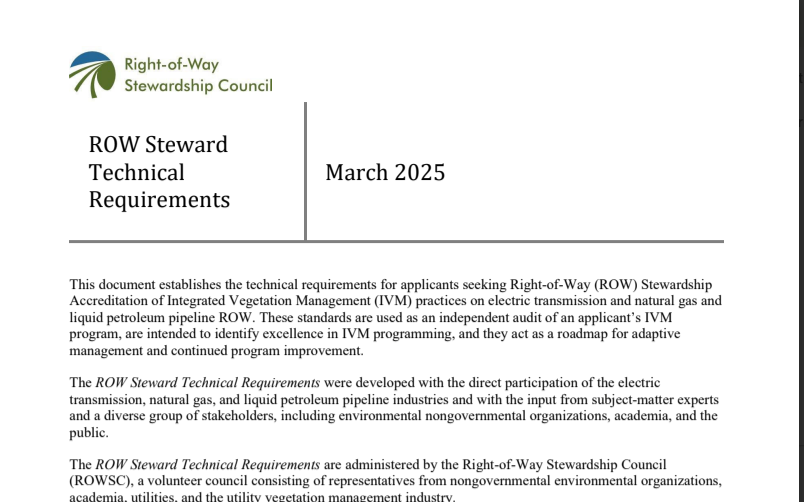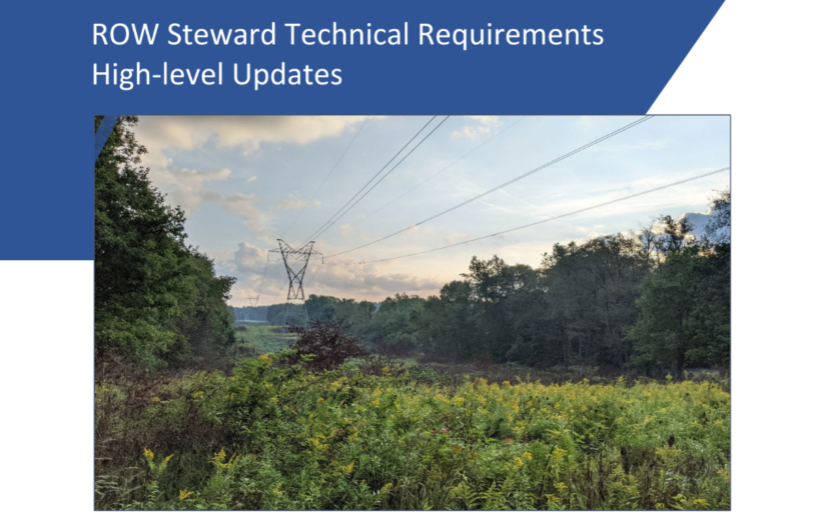Effective vegetation management (VM) programs have long been important to providing safe and reliable electricity while minimizing environmental impacts. Now energy companies are looking beyond reliability goals, from focusing exclusively on what vegetation has to be controlled to asking the important question, “What habitat can be created in the process of con-trolling incompatible vegetation?”
Energy companies are breaking down the traditional silos surrounding VM and bringing together a diverse team of internal stake-holders, including environmental, communications, sustainability, capital investment, and land groups.
The result has been the creation of pollinator and wildlife habitat; protection of rare, threatened, and endangered species; conservation of cultural and riparian resources; reduction in the spread of non- native invasive species; and improved relationships with communities, regulatory bodies, and other external stakeholders. This success leverages existing vegetation maintenance expenditures while generating added value for the company and reducing resources needed for right- of-way (ROW) maintenance.
- Lead AuthorJosiane Bonneau, Philip Charlton, John Goodfellow, Ruth Stein
- DateMarch 2017
- CategoryIVM, Pollinators
- Project FileDownload





.png)
